Introduction:
The back of a mirror is coated with a protective layer that enhances the mirror’s reflective properties while providing durability and stability. This coating, also known as the mirror backing or mirror coating, is responsible for the mirror’s ability to reflect light and create clear images. Understanding the composition and purpose of this coating is essential for maintaining and preserving the quality of mirrors. In this guide, we will explore the coating on the back of a mirror, including its composition, functions, and importance. By understanding the characteristics and benefits of the mirror coating, you can ensure the longevity and optimal performance of your mirrors.
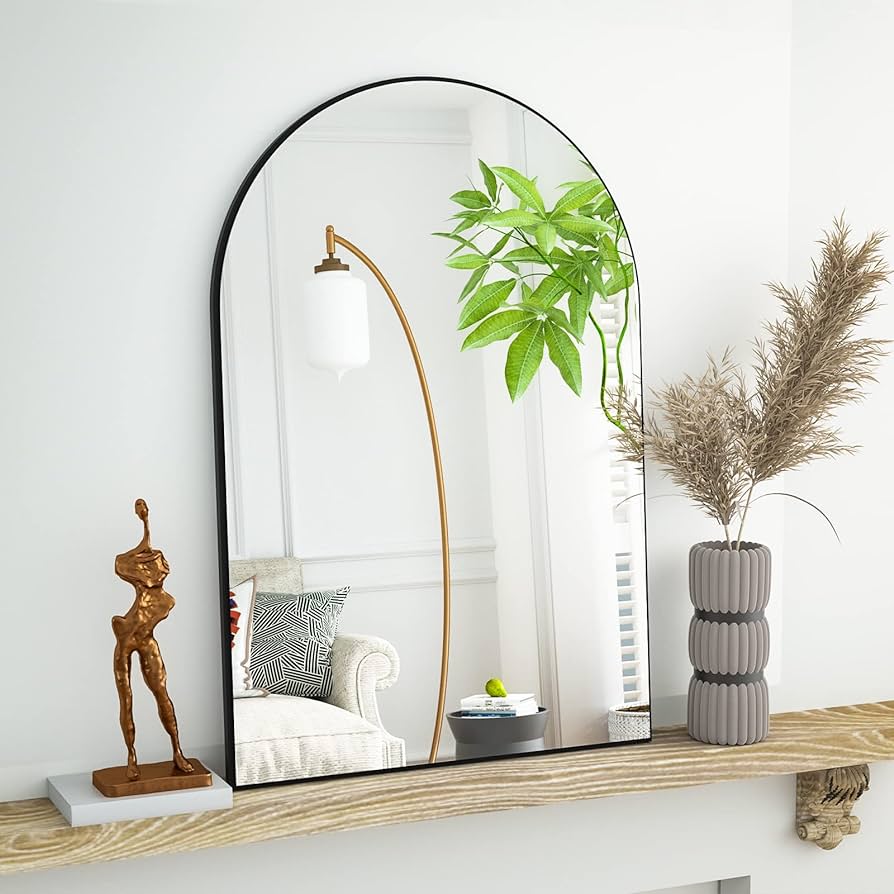
What is the coating on back of a mirror?
Composition of Mirror Coating:
The coating on the back of a mirror is typically made up of multiple layers of different materials. The exact composition may vary depending on the manufacturing process and the specific type of mirror, but it generally consists of the following layers:
a. Reflective Layer: The primary layer in the mirror coating is the reflective layer, which is responsible for the mirror’s ability to reflect light. This layer is typically composed of a thin layer of metal, such as aluminum or silver. These metals have excellent reflective properties that allow light to bounce back, creating clear and accurate reflections.
b. Protective Layer: To protect the reflective layer from damage, a protective layer is applied on top. This layer acts as a barrier, shielding the reflective layer from environmental factors, humidity, and physical damage. The protective layer is usually made of materials like paint, lacquer, or a transparent protective film.
c. Adhesive Layer: Between the reflective and protective layers, there is typically an adhesive layer that bonds the two layers together. This adhesive layer ensures the stability and durability of the mirror coating by firmly attaching the protective layer to the reflective layer.
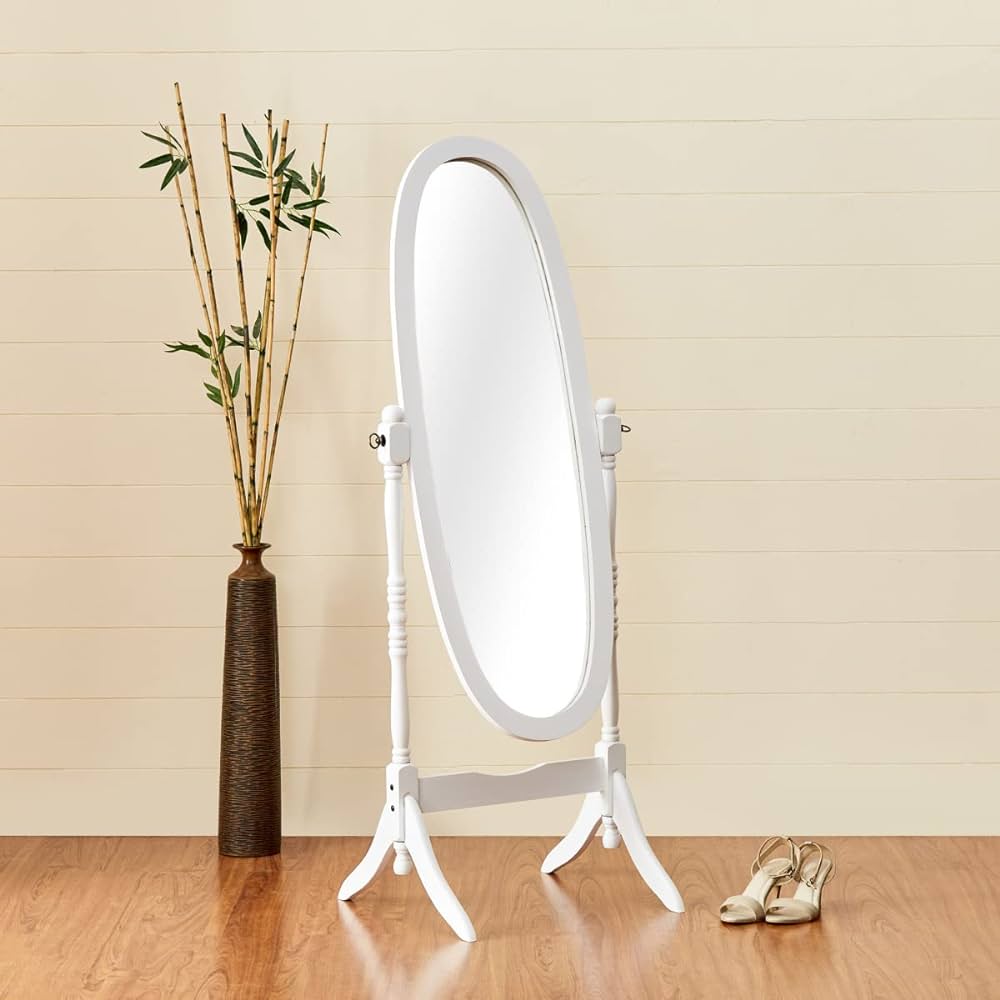
Functions of Mirror Coating:
The coating on the back of a mirror serves several essential functions that contribute to the mirror’s performance and longevity:
a. Reflectivity: The primary function of the mirror coating is to provide high reflectivity. The reflective layer, usually made of aluminum or silver, enables the mirror to reflect light and create clear and accurate reflections of objects.
b. Durability: The protective layer in the mirror coating acts as a shield, protecting the reflective layer from potential damage. It helps prevent scratches, moisture damage, and the oxidation of the reflective layer, ensuring the mirror’s durability over time.
c. Corrosion Resistance: Mirrors are exposed to various environmental factors, such as moisture and humidity. The protective layer in the mirror coating acts as a barrier, preventing corrosion and degradation of the reflective layer caused by these factors.
d. Enhanced Image Clarity: The mirror coating also contributes to the mirror’s image clarity by reducing light distortion or scattering. This helps maintain the sharpness and accuracy of the reflected images.
e. Easy Cleaning: The protective layer on the mirror coating facilitates easy cleaning. It prevents dirt, dust, and fingerprints from directly contacting the reflective layer, making the mirror easier to clean and maintain.
f. Aesthetics: The mirror coating enhances the aesthetic appeal of the mirror by providing a uniform and smooth surface. It creates a sleek and polished appearance that complements the overall design of the mirror.
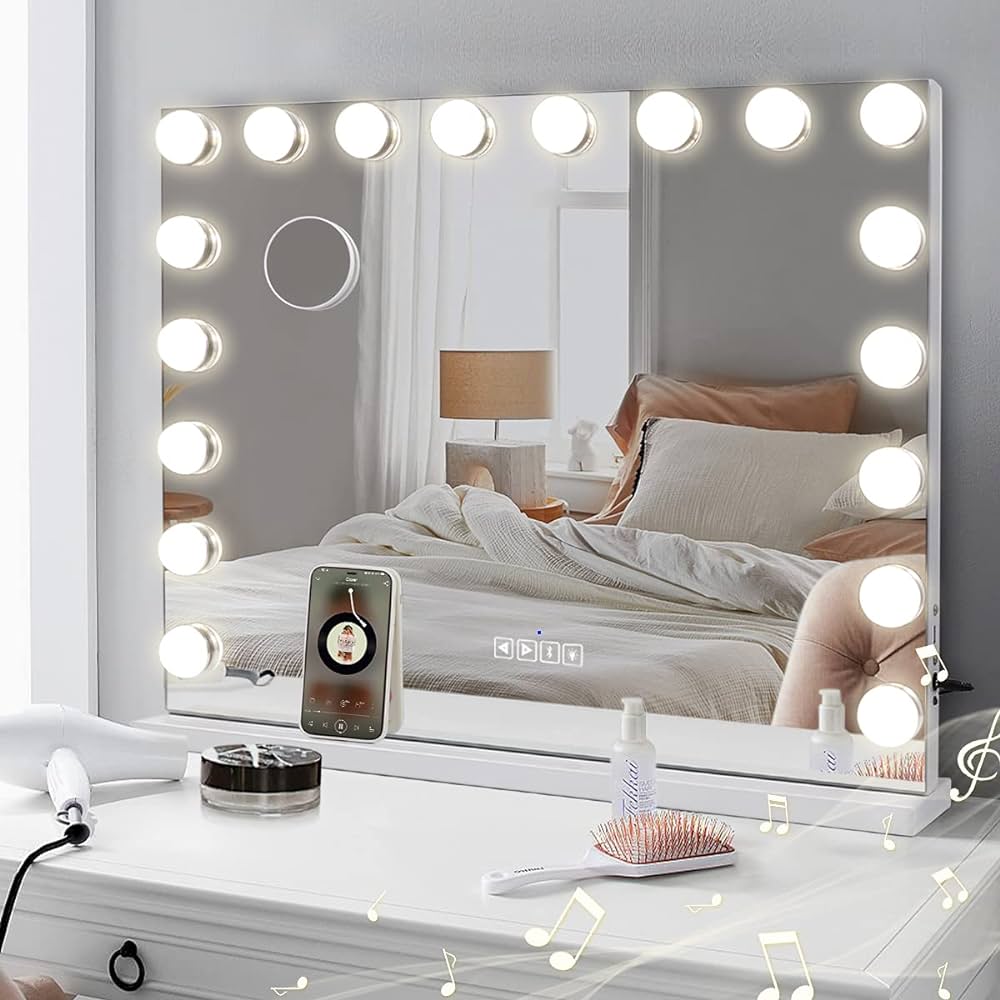
Importance of Mirror Coating:
The coating on the back of a mirror is crucial for maintaining the mirror’s reflective properties and ensuring its durability. Here are some key reasons why the mirror coating is important:
a. Reflectivity and Image Quality: The reflective layer in the mirror coating is responsible for the mirror’s ability to reflect light and create clear, distortion-free images. Without the reflective layer, the mirror would not function as an effective reflective surface, compromising its primary purpose.
b. Protection from Damage: The protective layer in the mirror coating acts as a barrier, shielding the reflective layer from physical damage, moisture, and environmental factors. It helps prevent scratches, corrosion, and deterioration caused by exposure to humidity or chemicals.
c. Longevity and Durability: The combination of the reflective and protective layers in the mirror coating contributes to the mirror’s longevity and durability. It helps maintain the mirror’s performance and appearance over time, ensuring that it remains functional and visually appealing.
d. Easy Maintenance: The protective layer in the mirror coating makes cleaning and maintenance easier. It prevents direct contact between contaminants, such as dirt or fingerprints, and the reflective layer, reducing the risk of damage during cleaning.
e. Aesthetic Appeal: The mirror coating enhances the overall aesthetic appeal of the mirror. It provides a smooth and polished surface, contributing to the mirror’s visual attractiveness and complementing the surrounding decor.
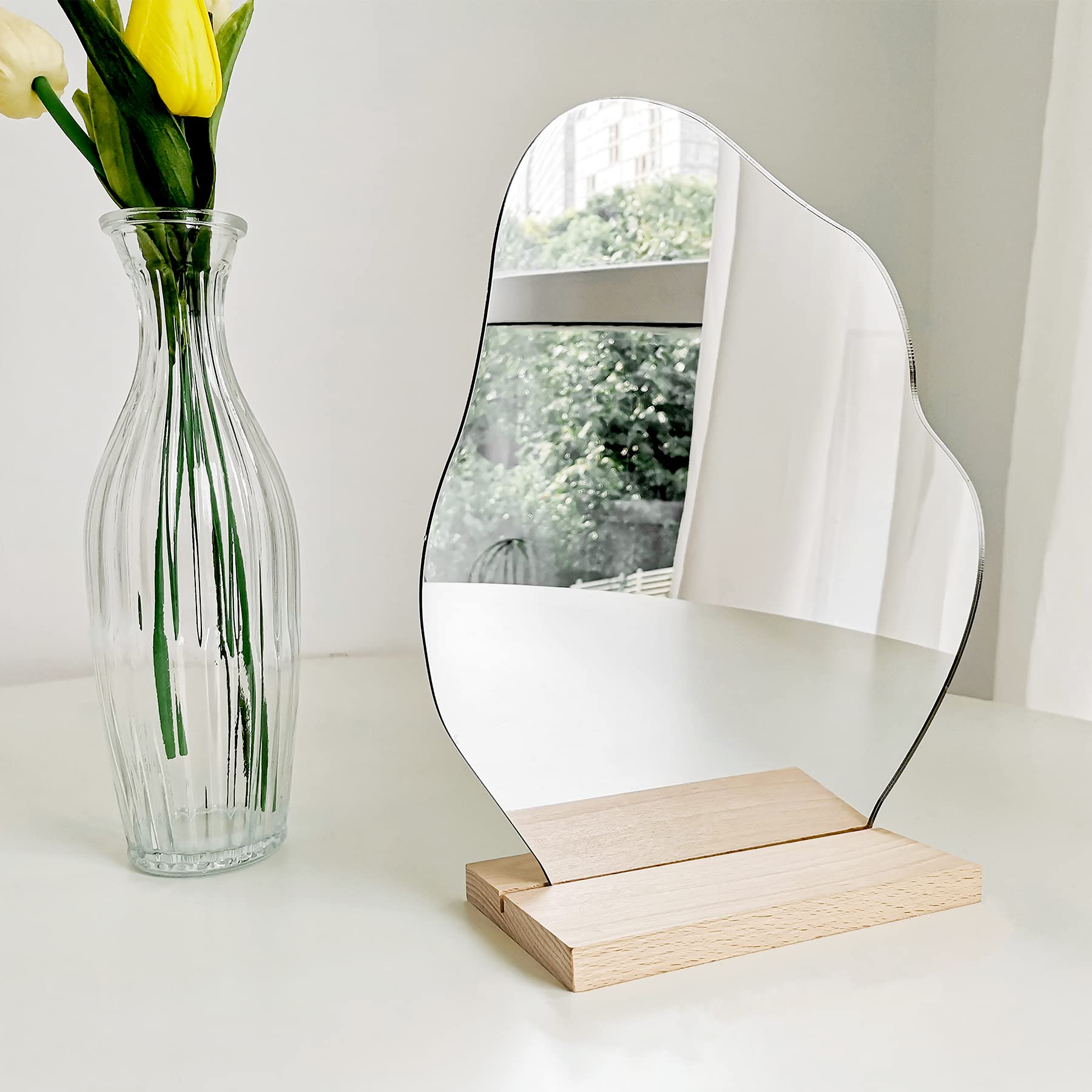
Care and Maintenance of Mirror Coating:
To ensure the longevity and optimal performance of the mirror coating, proper care and maintenance are essential. Consider the following guidelines:
a. Gentle Cleaning: Use a soft, lint-free cloth or a microfiber cloth to clean the mirror surface. Avoid using abrasive materials, harsh chemicals, or rough scrubbing, as these can damage the protective layer and the reflective coating.
b. Avoid Moisture Exposure: Minimize exposure to excessive humidity or moisture, as prolonged exposure can lead to damage or corrosion of the mirror coating. Keep the mirror away from areas with high humidity, such as bathrooms or humid environments.
c. Prevent Impact Damage: Handle mirrors with care to avoid accidental impacts or scratches. Use both hands and secure the mirror firmly when moving or installing it. Preventing physical damage helps maintain the integrity of the mirror coating.
d. Protect the Backing: The back of the mirror, where the coating is applied, is particularly vulnerable to damage. Avoid direct contact with sharp or abrasive objects that can scratch or chip the protective layer.
e. Regular Inspection: Periodically inspect the mirror coating for any signs of damage, such as scratches, cracks, or peeling. Address any issues promptly to prevent further damage and maintain the mirror’s performance.
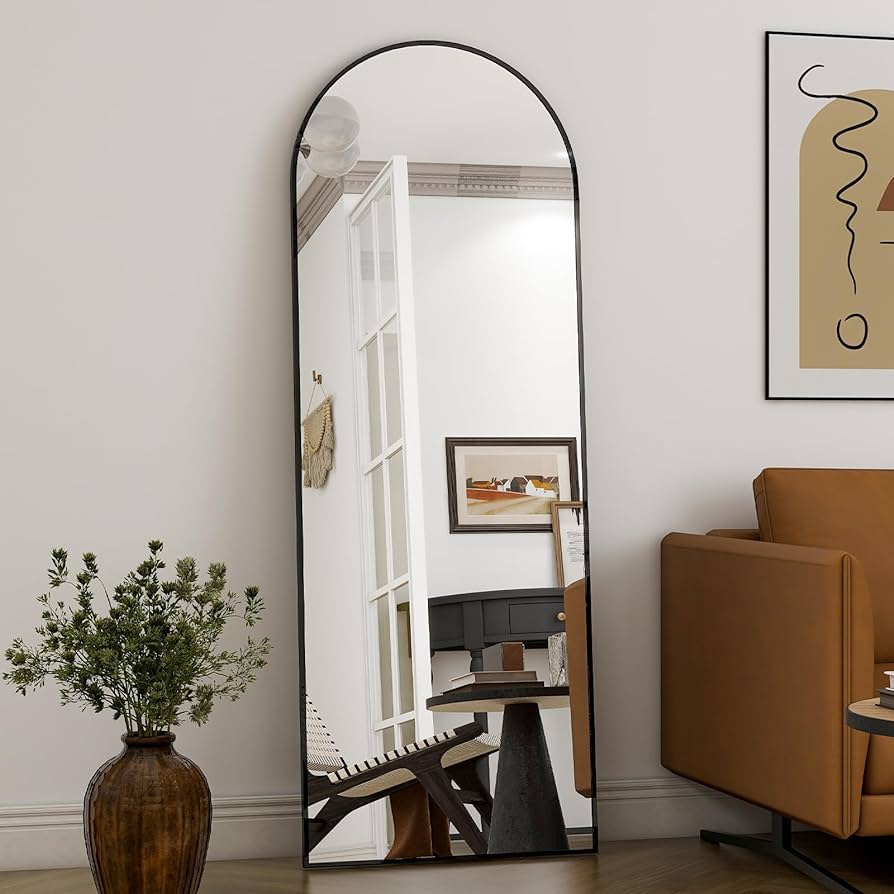
Conclusion:
The coating on the back of a mirror is a combination of reflective, protective, and adhesive layers that contribute to the mirror’s reflectivity, durability, and aesthetic appeal. The reflective layer provides high reflectivity, allowing the mirror to create clear and accurate reflections. The protective layer shields the reflective layer from damage, moisture, and corrosion, ensuring the mirror’s longevity and performance. The adhesive layer securely bonds the protective and reflective layers together. Taking proper care of the mirror coating through gentle cleaning, avoiding moisture exposure, preventing impact damage, and regular inspection ensures the mirror’s optimal performance and maintains its visual appeal. Understanding the importance and composition of the mirror coating helps in preserving and appreciating the quality of mirrors in various settings.
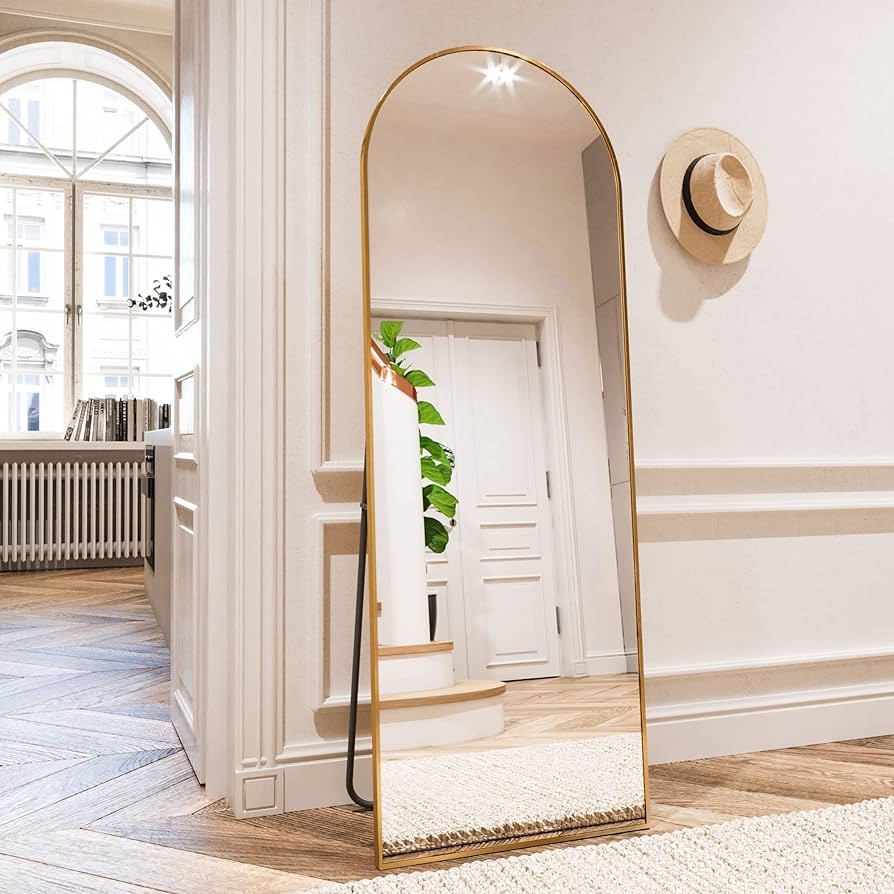
Leave a Reply